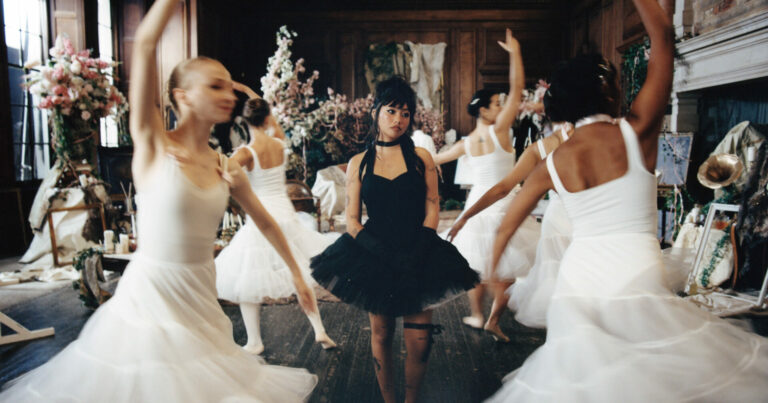The rise of mobile gaming is one of the most important advancements in the portable gaming world. Smartphones and tablets have become crucial parts of our lives. For personal, professional, and entertainment purposes, we spend hours on these devices. Smartphones and other smart gadgets provide unprecedented convenience and accessibility. A simple tap on the smartphone screen can get you access to thousands of online casino games.
Mobile gambling has opened a whole world of new possibilities for players and casino operators. From new features to the overall experience of the players, every aspect of online casinos has benefited from these innovative technologies. In this article, we will explore how smartphone gaming is impacting players and casino operators.
Rise of Mobile Gambling and its Impacts
Desktops and laptops don’t offer the desired level of mobility, and users feel bound while using these devices. On the other hand, smartphones offer complete freedom, and users can access their desired information from anywhere, anytime. So, the impact of smartphones and tablets on the gambling industry is no surprise. In the last few years, the iGaming industry has made the most growth due to the on-the-go gambling approach. Here are some major changes happening due to the use of smartphones and tablets in the online gambling industry.
Accessibility
Conventional casinos were not easy to access, and online casinos changed the way how players interact with casinos. Even with the desktop versions, users were bound to the computers, and they could gamble at specific times only. With the mobile revolution in gambling, thousands of game titles are just a tap away. Users can play and enjoy their favorite games from anywhere, anytime. There are no restrictions as posed by laptop and desktop versions of the online casinos. Even if a casino does not have a dedicated mobile app, websites are usually optimized for all types of devices, including smartphones and tablets.
Convenience and Ease
The convenience offered by online casinos has been the biggest perk for gamblers. Without leaving the comfort of home, players can enjoy authentic casino experiences from their homes. Tablet casinos and mobile gambling apps took this ease to another level. There is no need to move an inch because we all have smartphones on us all the time. Just grab your smartphone and start playing your favorite games.
The increased sense of competition has also forced casino operators to offer better services and rewards to players. Casinos are offering better rewards and bonuses to new and existing players. There are many casinos at https://nowekasyna-pl.com/bonuses/free-spins that offer free spins for online slots. Every casino tries to incentivize players with better perks. This sense of competition not only gets new players from casinos, but players also enjoy better gambling opportunities.
Game Variety
At conventional casinos, only a few games were popular. Certain game tables are used to entertain most players. Players were busy with slot machines or at poker tables. Mobile apps opened doors to new possibilities, and software providers offered thousands of new game titles. Many popular online casino games got new variants. Online slots saw major change as themed slots were introduced for players. Now, players get new games and entertainment content every day. Even a regular gambler will never get bored playing an online casino app. Here are some most popular games available at common mobile casinos:
- Slots
- Blackjack
- Roulette
- Poker
- Baccarat
- Craps
- Bingo
- Keno
- Video Poker
Live Dealer Games
Live dealer games have become more popular with the advent of online mobile casino apps. It is easier and more engaging for the players to watch the live stream from their smartphones. Graphics and streaming quality are better with mobile apps. Innovations in video streaming technologies have made live dealer games more attractive for all sorts of players. Mobile optimization for different types of casino games is facilitating players and casino providers.
Mobile Payment Options
The use of smartphones for financial transactions is common these days. We all have financial apps installed on our phones. While making payments for online casinos, it is easier for users to initiate and finalize transactions from mobile apps. Many other popular payment options are also available for mobile casinos. Credit cards, banking methods, and other available payment options are also supported by mobile apps. Here are commonly used payment options at online casinos:
- Credit/Debit Cards
- E-wallets (such as PayPal, Neteller, and Skrill)
- Bank Transfers
- Prepaid Cards
- Cryptocurrencies (such as Bitcoin, Ethereum)
- Mobile Payment Apps (such as Apple Pay, Google Pay)
- Vouchers (such as Paysafecard)
- Pay by Phone Bill
Social Integration
Connecting with friends and other players is easy with mobile casino apps. There are different tournaments and events for mobile casinos where players can win huge rewards. Casino operators are focused on gamification elements to increase the engagement of players. Retaining current clients is a challenging task for the business. From offering new bonuses to adding new entertainment options, software providers are working on different aspects of mobile casino apps.
Today’s online casino apps are optimized in different ways to offer a Seamless gaming experience to new and seasoned players. Easy access to online games has attracted new players too. In recent times, the player base of popular casinos has increased a lot, and credit goes to mobile apps. If you want to be able to bet on your favorite games and casinos from anywhere, download the mobile casino app right now. New users usually consider the availability of online casino apps as an important factor in the decision-making process.
Conclusion
There are countless aspects and factors where mobile apps have increased and optimized the overall gambling experience. With a few taps on the screen, you can access a whole new world of entertainment and thrilling games. Playing online apps is not only easier but more profitable too. With more options available, it is easier for players to choose a casino with better bonuses and promotions.











